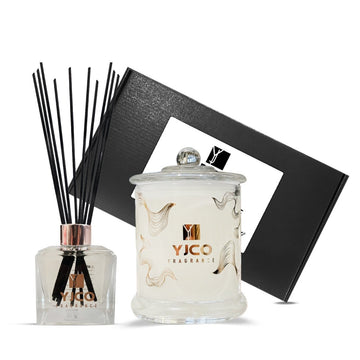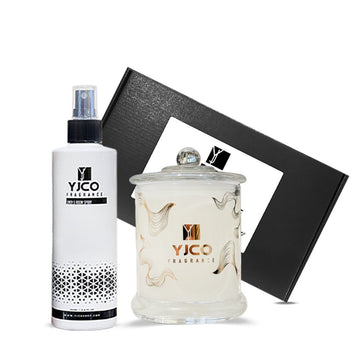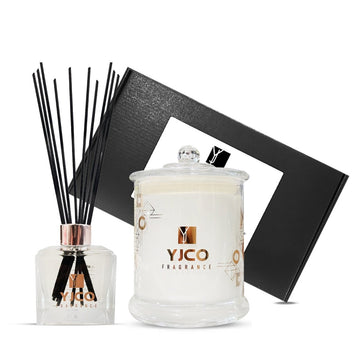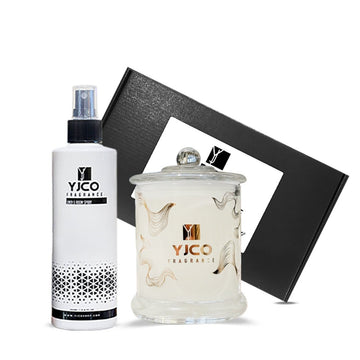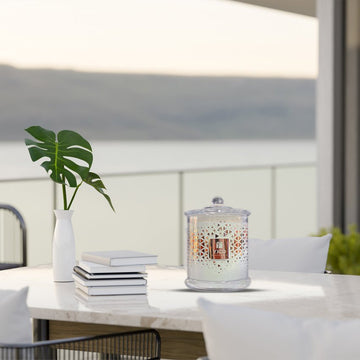Introduction
The mesmerizing dance of a flickering candle flame has captivated human curiosity for centuries. Have you ever wondered why a candle flame moves upward? In this article, we will delve into the scientific explanations behind this phenomenon. By understanding the factors at play, we can unravel the secrets of candle flames and gain a deeper appreciation for their beauty and behavior.
The Role of Convection in Candle Flames
A candle flame's upward movement is primarily driven by the process of convection. Convection refers to the transfer of heat through a fluid medium, in this case, air. As the candle burns, the flame releases heat, which warms the surrounding air.
Understanding Density and Buoyancy
As the air surrounding the flame is heated, it becomes less dense compared to the cooler air above it. The principle of buoyancy comes into play, where the less dense, warm air rises while the denser, cooler air descends. This creates an upward flow of air around the flame.
The Structure of a Candle Flame
To comprehend the movement of a candle flame, we need to explore its structure. A flame consists of distinct zones, each with its own characteristics. The innermost region, known as the "wick cavity," is where the vaporization and combustion of the candle's fuel occur. Surrounding the wick cavity is the "luminous zone," where combustion is incomplete. These zones contribute to the shape and behavior of the flame.
Factors Influencing Flame Movement
Various factors can influence the movement of a candle flame. Air currents or drafts in the surrounding environment can cause the flame to flicker or lean in a specific direction. Additionally, the size and shape of the candle, the type of fuel used, and the presence of impurities can impact the flame's behavior.
Thermal Expansion and Flame Shape
Thermal expansion, another crucial factor, contributes to the upward movement of a candle flame. As the air around the flame heats up, it expands, creating an upward flow that propels the flame. The shape of the candle flame is a result of the balance between thermal expansion and other influencing factors.
Combustion and Oxygen Supply
The combustion process within a candle flame requires a steady supply of oxygen. The flame draws in oxygen from its surroundings, and this airflow contributes to the upward movement of the flame. The oxygen sustains the combustion reaction, enabling the continuous burning of the candle.
Candle Flame Colors and Temperature
The colors exhibited by a candle flame provide insights into its temperature. The inner blue region represents the hottest part of the flame, while the outer yellow portion indicates slightly lower temperatures. The varying temperatures within the flame contribute to its dynamic behavior.
Factors Affecting
Flame Height The height of a candle flame can vary based on several factors. The size and diameter of the wick, the presence of impurities in the fuel, and the oxygen supply all influence the flame's height. Understanding these factors can help optimize candle design for desired flame characteristics.
Candle Flame and Air Quality
While candle flames possess an alluring beauty, they also produce byproducts such as soot, carbon dioxide, and trace amounts of pollutants. Proper ventilation is essential to maintain good indoor air quality when burning candles.
Conclusion
In conclusion, the upward movement of a candle flame is a result of convection, density differences, and thermal expansion. The intricate interplay of these factors, along with the candle's structure and combustion process, creates the mesmerizing dance we observe. By exploring the science behind candle flames, we gain a deeper appreciation for the magic and elegance they bring to our surroundings.
